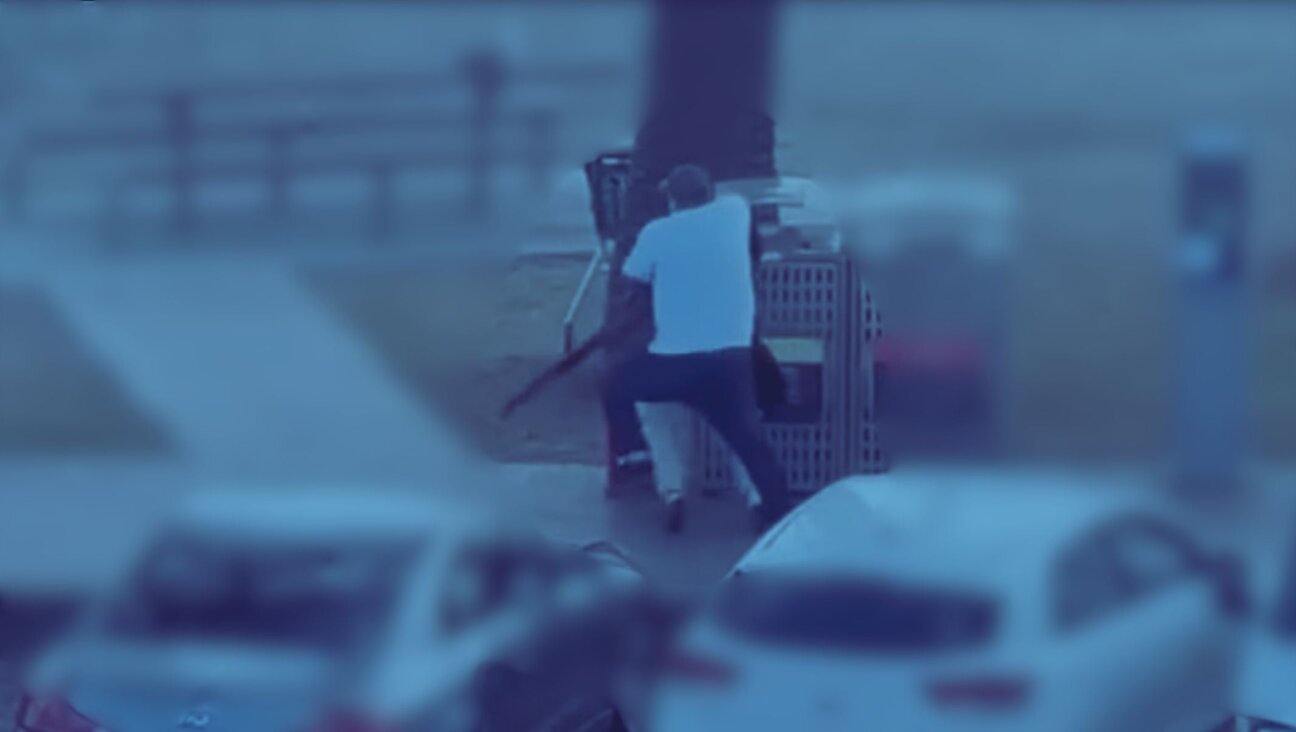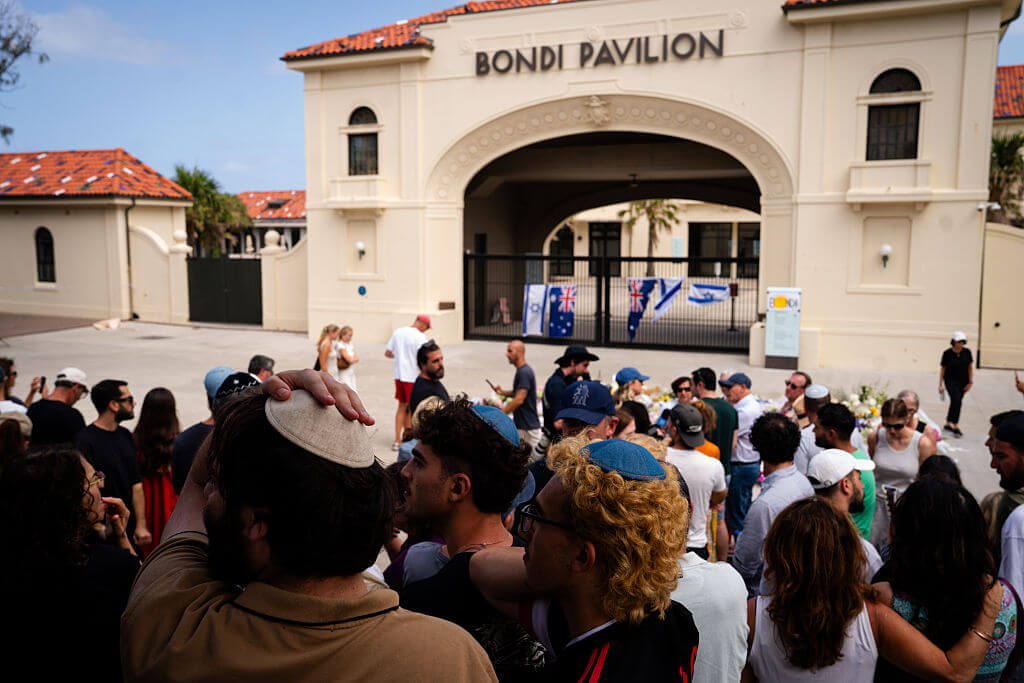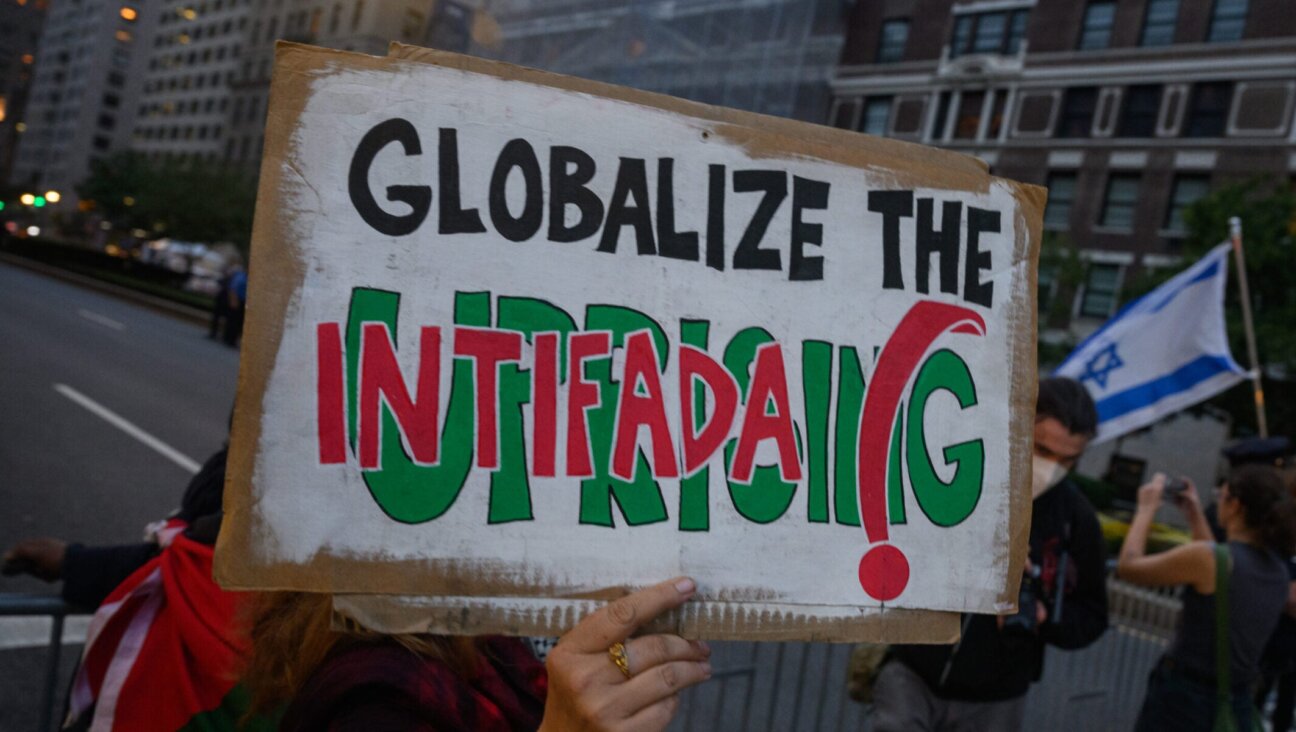On the Same Side as Common Decency
The Jewish Telegraphic Agency recently published a lengthy expose, the gist of which was that some grantees of the New Israel Fund “accuse the Jewish state of horrendous human rights violations.” The principle piece of evidence of NIF’s alleged perfidy is that “In March 2007, eight groups that promote human rights for Israeli Arabs and Palestinians who live under Israeli occupation successfully petitioned the Israeli High Court of Justice against what it labeled the ‘apartheid order’ to create an ‘apartheid road’ on which Israeli police would restrict Palestinians from traveling in Israeli cars in the West Bank.”
JTA then goes on to say, “The petition did not mention Israel’s justification for the directive, which it said was to prevent the transport of possible terrorists. Seven of the petitioners were NIF grantees.”
It evidently escaped JTA’s attention that the petition was in fact successful — that is, that Israel’s High Court of Justice agreed with petitioners that the proposed government order was, in fact, illegal. The JTA does, however, call attention to the petitioners’ failure to mention the government’s claim that the reason for the order was the security situation on the road in question — this, even though it was obviously the task of the state, and not of the complainants, to introduce the “justification.”
All this gives rise to a more fundamental question. “Apartheid” is, of course, a toxic word. There can be no doubt that Israel’s enemies use the word gleefully, seeking, as they do, to poison Israel’s legitimacy.
Nor can there be any doubt that conditions in Israel are very substantially different from conditions in South Africa between 1948 and 1993, when the apartheid system was the law of the land. Moreover, even though apartheid has been a crime under international law — indeed, a “crime against humanity” — since 1976, the language of the International Convention on the Suppression and Punishment of the Crime of Apartheid is limited to acts by racial groups against other racial groups. Hence Israel does not, by any stretch of the imagination, fall under the definition of the relevant law; neither Jews nor Palestinians are “a racial group.”
Alas, the language of the law provides Israel a technical pass only. Substitute the word “ethnic” for the word “racial” and that pass is canceled. For that matter, substitute “common decency” for “law” and you’re in even worse trouble. Israeli policy and behavior is not apartheid, but it doesn’t pass the stench test.
Take, for example, Israel’s Highway 443, which passes through the West Interchange, near Tel Aviv, and is faster than the standard Highway 1.
Highway 443 was itself the subject of a Supreme Court decision back in 1982, when it was first proposed. In order to build it, private Palestinian land had to be confiscated. The applicable law is straightforward: The Supreme Court has dozens of times ruled that the military authority in the occupied territories is supposed to base its decisions on two considerations alone: military needs and the welfare of the local population.
Accordingly, the military argued in 1982 that the proposed highway was intended to serve mainly local Palestinians rather than Israeli commuters. The Supreme Court, in permitting the construction of 443, explicitly endorsed its stated purpose. And, in fact, both Palestinians and Israelis had access to the road and both used it.
Times change. There were instances of stone-throwing on Israeli vehicles traveling 443, and occasional shootings. What to do, given that the original justification for building the road was “the welfare of the local” — i.e., Palestinian — “population?”
Close the road to Israeli vehicles? No. Starting in 2000, it was Palestinian access to 443 that was limited, ultimately entirely forbidden. Access to 443 was denied to the Palestinian villages that border it; the convenience of Israeli drivers trumps the rule of law.
In March 2008, the Supreme Court, responding to a petition by the Association for Civil Rights in Israel on behalf of six affected Palestinian villages, issued an interim decision ordering the military to report back within six months on its plan to build a separate road for Palestinian vehicles. That means that the court has, for the first time, tentatively accepted a dual road system.
I drove from Jerusalem to Tel Aviv on 443 just last month, at the urging of a friend. He wanted me to see the separation fence — for much of the way, a wall — that lines both sides of the road. It does not resemble the hideous wall one sees in Abu Dis or in Bethlehem; the stone of which it is here built is decorative. Encountering such a wall on an American highway, one would doubtless remark on the praiseworthy aesthetic commitment of the Highway Department.
But on 443, it’s not about aesthetics per se; it’s about the 40,000 Israeli drivers that use the highway every day. They do not want to see (or have to think about) the ugly concrete wall. There are endless examples of this sort of thing, a vast undertaking that breeds resentment and despair.
Still, now and then, good sense prevails: The news today reports on the military’s decision to relocate a part of the wall north of Ramallah, at a cost of 50 million shekels (about $15 million). The new location will return some 3,600 dunams of agricultural land to its Palestinian owners.
The decision follows on a statement by the military’s chief of staff, Gabi Ashkenazi, that the reasons the wall was built where it is now were political, not security-related, and that he cannot accept such reasoning. That puts him and the military on the same page as the court with regard to the location of the security fence — and on the same side as common decency.
















